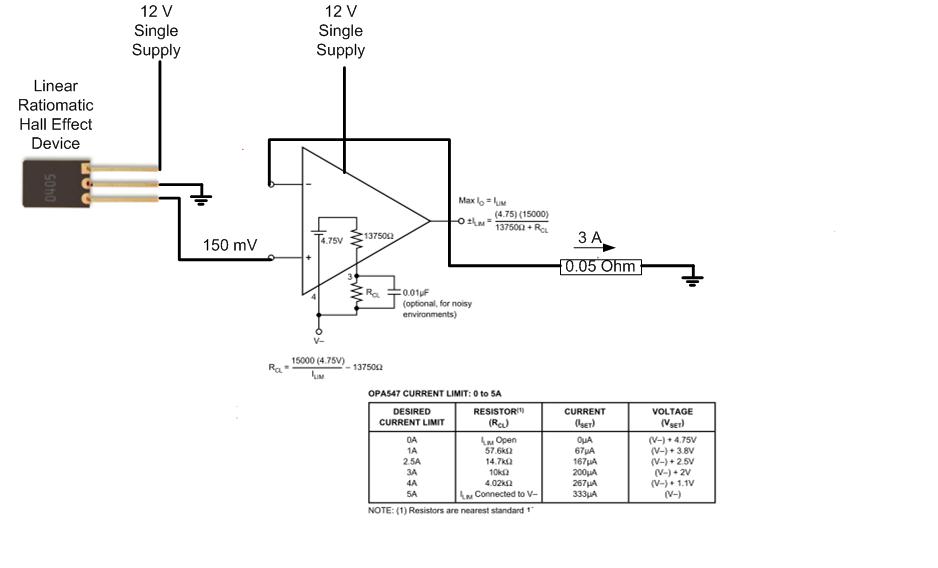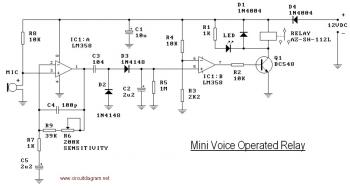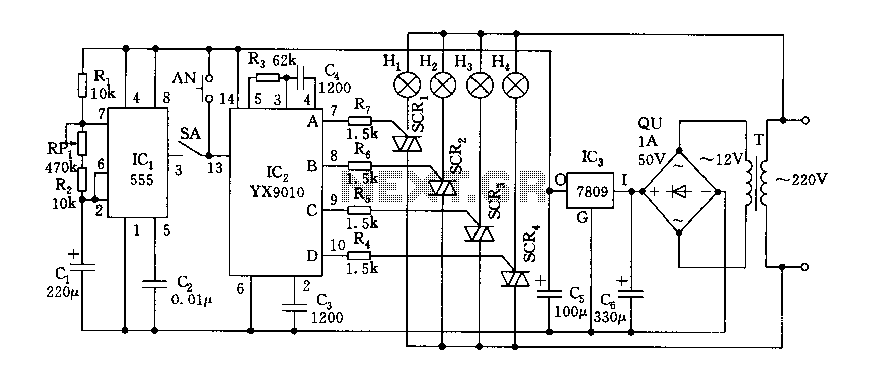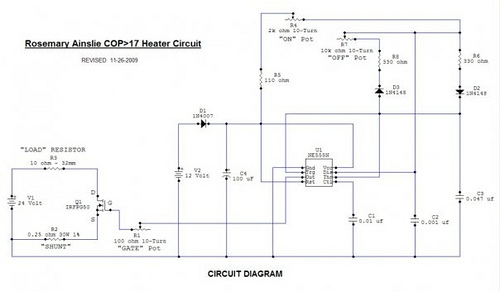
High Temperature Alarm Circuit

The high-temperature alarm will emit a beep and the LED will blink when the temperature of the device rises abnormally. This simple overheating alarm is designed to monitor heat levels.
The high-temperature alarm circuit is an essential safety device used to detect abnormal temperature increases in electronic equipment or environments. The core components of this circuit typically include a temperature sensor, a microcontroller or comparator, an audible alarm (buzzer), and an LED indicator.
The temperature sensor, often a thermistor or an LM35 integrated circuit, continuously monitors the ambient temperature. When the temperature exceeds a predefined threshold, the sensor outputs a signal to the microcontroller or comparator. The microcontroller is programmed to interpret this signal and determine if the temperature is beyond acceptable limits.
Upon detecting an over-temperature condition, the microcontroller activates an audible alarm, usually a piezo buzzer, which emits a beeping sound to alert users of the potential overheating situation. Simultaneously, the microcontroller also triggers an LED to blink, providing a visual indication of the alarm condition. The blinking LED serves as an immediate visual cue that can be observed from a distance.
The circuit can be powered by a standard DC power source, and it may include additional features such as a reset button to silence the alarm and reset the system. Proper placement of the temperature sensor is critical to ensure accurate readings, and it should be positioned in a location that reflects the temperature of the device or environment being monitored.
In summary, this high-temperature alarm circuit is a straightforward yet effective solution for monitoring temperature and providing alerts to prevent overheating, thereby enhancing the safety and reliability of electronic devices.The high temperature alarm will beep and LED blinks when the temperature of the device increases abnormally. This simple over heat alarm is to monitor heat.. 🔗 External reference
The high-temperature alarm circuit is an essential safety device used to detect abnormal temperature increases in electronic equipment or environments. The core components of this circuit typically include a temperature sensor, a microcontroller or comparator, an audible alarm (buzzer), and an LED indicator.
The temperature sensor, often a thermistor or an LM35 integrated circuit, continuously monitors the ambient temperature. When the temperature exceeds a predefined threshold, the sensor outputs a signal to the microcontroller or comparator. The microcontroller is programmed to interpret this signal and determine if the temperature is beyond acceptable limits.
Upon detecting an over-temperature condition, the microcontroller activates an audible alarm, usually a piezo buzzer, which emits a beeping sound to alert users of the potential overheating situation. Simultaneously, the microcontroller also triggers an LED to blink, providing a visual indication of the alarm condition. The blinking LED serves as an immediate visual cue that can be observed from a distance.
The circuit can be powered by a standard DC power source, and it may include additional features such as a reset button to silence the alarm and reset the system. Proper placement of the temperature sensor is critical to ensure accurate readings, and it should be positioned in a location that reflects the temperature of the device or environment being monitored.
In summary, this high-temperature alarm circuit is a straightforward yet effective solution for monitoring temperature and providing alerts to prevent overheating, thereby enhancing the safety and reliability of electronic devices.The high temperature alarm will beep and LED blinks when the temperature of the device increases abnormally. This simple over heat alarm is to monitor heat.. 🔗 External reference





